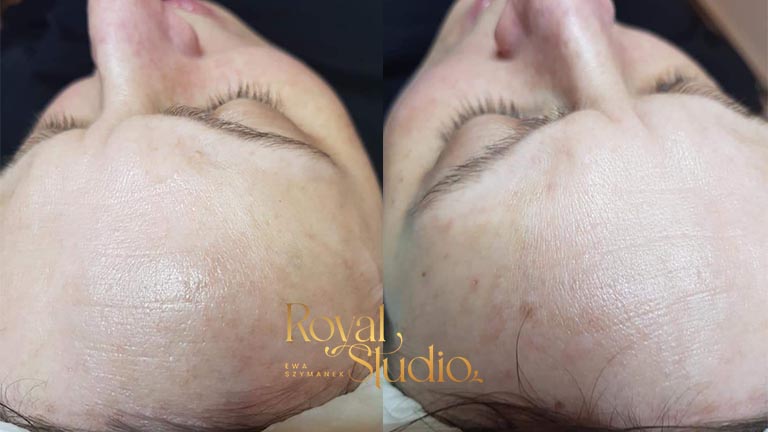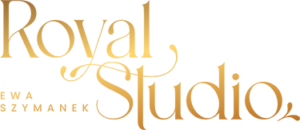Healthy skin has a smooth surface with numerous linear grooves that have an irregular course, crossing each other chaotically, which is referred to as “rete ridges.” This pattern is the result of the wavy arrangement of the dermal papillae, which is not fully aligned by the thin epidermis.
Unfortunately, as we age, our facial skin not only shows signs of the passage of time in the form of wrinkles but also undergoes skin aging, which contributes to melanogenesis, the production of melanin, and changes in its pigmentation, spots, discolorations, and depigmentation.
Discoloration, uneven skin tone, and an unaesthetic appearance are the result of many factors, including objective factors such as genetic and hormonal predispositions, the use of topical or systemic medications (including antibiotics, antifungal drugs, antidepressants, and certain herbal remedies), skin phototype, age-related factors (chronological), skin sensitivity, lifestyle, and stress.
External factors such as UV and HEV radiation, photodamage, pathogens, inflammatory changes (non-inflammatory processes within the skin can increase melanin production and damage melanocytes, resulting in the release of a large amount of pigment), environmental pollution, smog, and chemical damage (some substances can be photosensitizing, and skin damage resulting from the action of certain substances can intensify melanogenesis and contribute to the development of inflammatory processes) also play a role. Another factor is the use of inappropriate cosmetics, including those sensitized to light.
Uneven skin tone and discolorations on the skin are also associated with internal diseases such as thyroid or liver conditions. Melasma during menopause and the use of contraceptives are the most common hormonal causes of pigmentation changes.




Leave a Reply